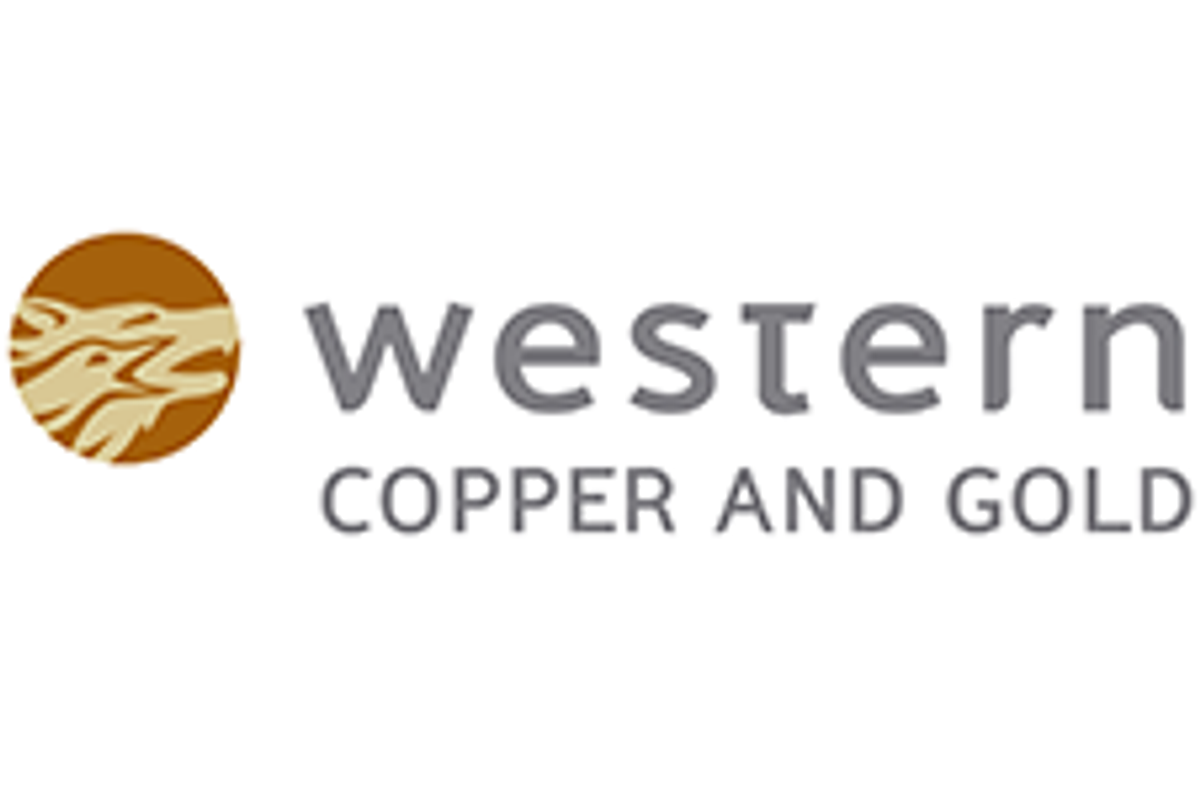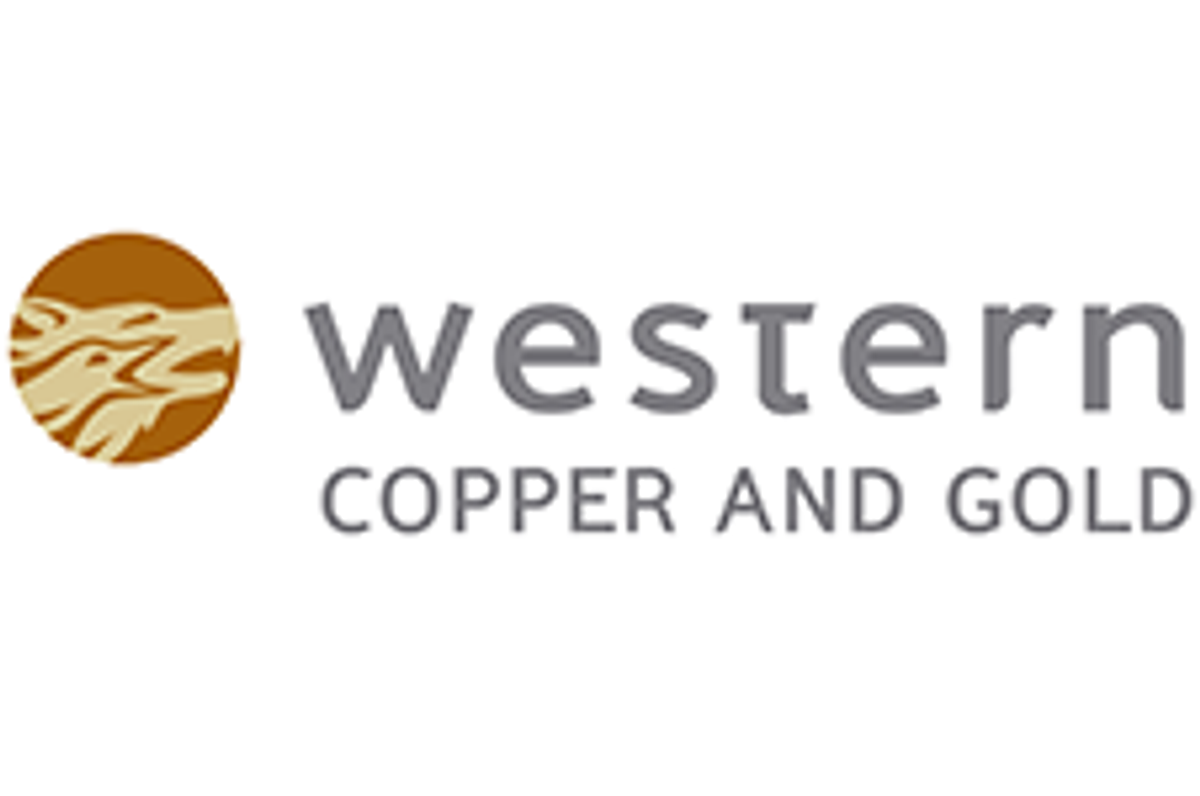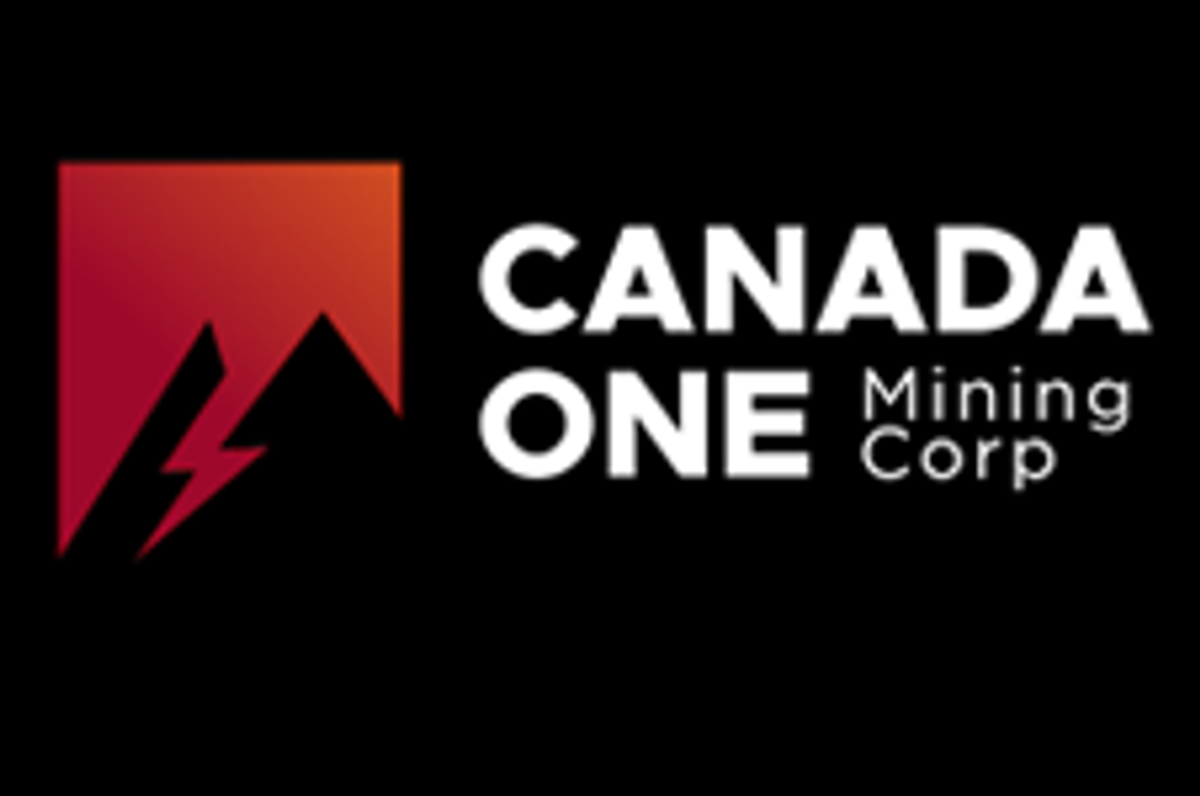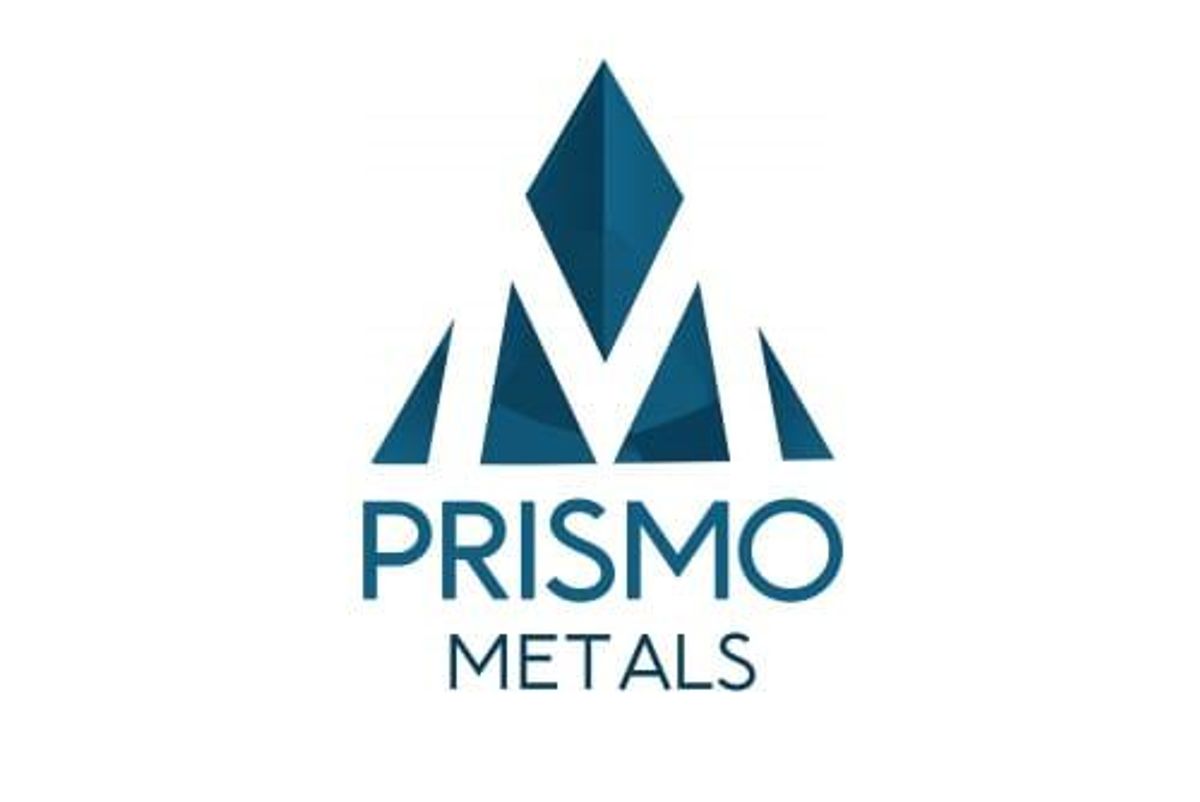
western copper and gold corporation ("Western" or the "Company") (TSX: WRN) (NYSE American: WRN) announces the voting results from the Company's Annual General and Special Meeting ("AGM") held on June 27, 2024.
A total of 101,875,249 common shares were represented at the AGM, representing 51.92% of the votes attached to all outstanding common shares as at the record date.
Shareholders voted in favour of setting the number of directors at seven (7) and elected all directors, as follows:
| Director | Votes For | % For | Votes Withheld | % Withheld |
| Robert Chausse | 90,608,768 | 99.84 % | 165,930 | 0.16 % |
| Tara Christie | 82,647,749 | 90.20 % | 8,979,661 | 9.80 % |
| Sandeep Singh | 91,295,444 | 99.64 % | 331,966 | 0.36 % |
| Raymond Threlkeld | 90,876,101 | 98.85 % | 1,018,642 | 1.11 % |
| Michael Vitton | 87,843,574 | 95.87 % | 3,783,836 | 4.13 % |
| Bill Williams | 83,566,754 | 91.20 % | 8,060,656 | 8.80 % |
| Klaus Zeitler | 83,576,626 | 91.21 % | 8,050,785 | 8.79 % |
Shareholders also approved: (i) the appointment of PricewaterhouseCoopers LLP as auditors of the Company and authorized the directors to set their remuneration, (ii) unallocated stock options under the Company's stock option plan, (iii) unallocated rights under the Company's deferred share unit plan, (iv) unallocated rights under the Company's restricted share unit plan.
The Company's report of voting results will be available on SEDAR ( www.sedar.com ), EDGAR ( www.sec.gov/edgar.shtml ), and on the Company's website.
ABOUT western copper and gold corporation
western copper and gold corporation is developing the Casino Project, Canada's premier copper-gold mine in the Yukon Territory and one of the most economic greenfield copper-gold mining projects in the world.
The Company is committed to working collaboratively with our First Nations and local communities to progress the Casino project, using internationally recognized responsible mining technologies and practices. For more information, visit www.westerncopperandgold.com .
On behalf of the board,
"Sandeep Singh"
Sandeep Singh
Chief Executive Officer
western copper and gold corporation
SOURCE western copper and gold corporation

![]() View original content to download multimedia: http://www.newswire.ca/en/releases/archive/June2024/27/c2084.html
View original content to download multimedia: http://www.newswire.ca/en/releases/archive/June2024/27/c2084.html








